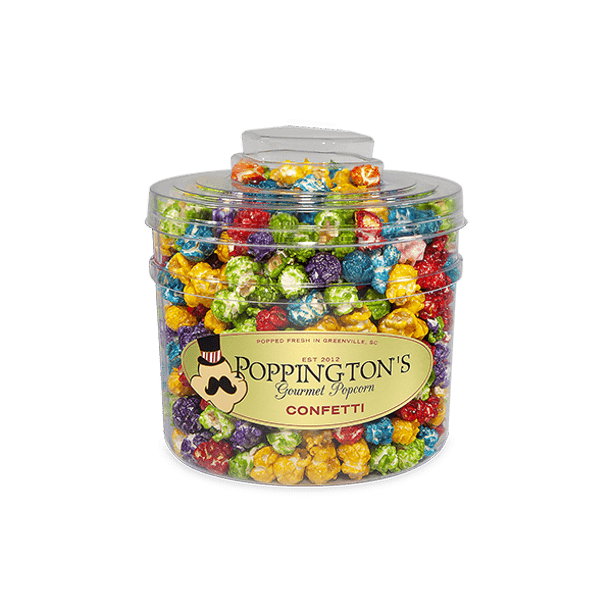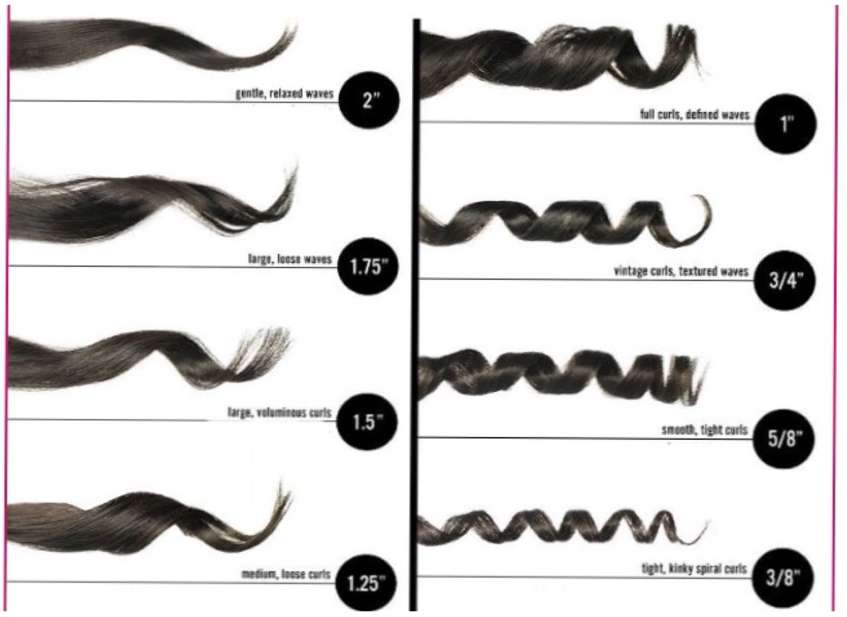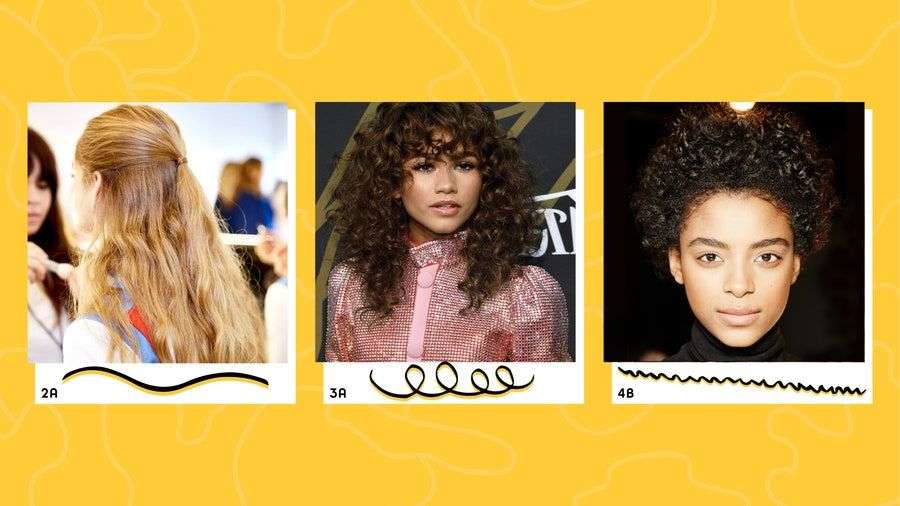While straight hair is typically more appealing when you have curly hair, we have to admit curly hair is definitely poppington. (That means low-key BOMB). We also have to address the fact that your curly hair needs to be maintained properly to “POP”.

“I get a commission for purchases or clicks made through links in this post.”
The first step to luxurious and healthy hair (On Fleek) is determining your hair type. The most common way to define your hair type is by the hair strands being either curly or straight. With that being said, I will also add that there are several different ways to determine “curly”. This can be defined as being a wavy, spiral, corkscrew, or coily.
Types Of Waves
Wave curls are curls that have more of a loose S shape. The shape of wavy and loose curls varies from curl to curl, with a tendency to be flatter at the crown (top of the head closest to the scalp and hairline) and on the ends.
Spiral curls usually have a uniform ringlet S shape. The spiral curl strands maintain a steady S-pattern from the root to the end. This is similar to the wave pattern but is fairly tighter and more defined.
Corkscrew curls have a C-type shape that grows in a tight circular motion similar to that of a spiral curl.
Coily curls have a tight Z-type formation and form one of the tightest curl patterns. These curls are defined by a close-knit curl pattern with luxurious volume.

Identifying Curl Patterns
Identifying your curl shape and curl pattern is fairly easy. This is best determined while your hair is soaking wet and can be done after shampooing your hair. If you want to do this on dry hair section a portion of hair and wet using a spray bottle. Once the hair is wet your curl pattern should begin to form. Your hair type is best described as the way your hair grows out from your scalp. In basic terms, this is clearly what we call our “hair texture.”
Most people don’t just have one type of hair pattern on their heads. Our hair is full of strands that grow in many different shapes, forms, and densities. This is due to the fact that humans typically have more than 100,000 hairs on their heads. Over time you lose some strands of hair and at least one hair is lost every day. Further research confirms that about 50 to 100 hairs fall out each day. This can be while you’re washing your hair, brushing or combing it, or just sitting still.
4 Hair Types
There are four different categories of hair type. This is charted by using the numbers 1,2,3 & four with accompanying letters A, B, and C. If the single strand of your hair is absolutely flat with no indentations or waves you have type 1 hair which is better known as straight hair. If the strand of your hair is typically flat with slight waves then you probably have type 2 hair which is wavy.
If the hair is very wavy with less flatness it is considered to be curly hair which is more of a type 3 hair. If the hair is very curly and almost seems like it resembles a children’s slinky toy that would be more of a type 4 hair which is coily.
The sub-classifications of A to C are based on the width or diameter of your wave, curl, or coil. Type A’s have a wider pattern size and are the largest, Type B’s are medium incorporating wide and small curls, and Type C’s are the smallest of the three with very close and tighter diameters.

Hair Type Sub- classifications
Type 1s have straight hair. This hair has absolutely no curl shape or curl pattern.
Type 2 hair is wavy. The waves are bendable, can have fine to coarse strands, and have a definitive S pattern that lays closer to the head and scalp area. Type 2A hair has a fine, barely-there tousled texture that is typically very easy to straighten. It requires little to no effort and requires less heat during the straightening process. 2A waves, typically lack volume at the root and give off the appearance of a more flattened crown area.
2B hair lies flattened at the crown with defined S-shaped waves starting midlength. The strands are slightly thicker in diameter than a 2A and need a little bit more pressure and heat to straighten.
2C waves are thicker and more susceptible to frizz. The S-bends are well-defined and begin at the roots and remain the same all the way to the ends.

Type 3 hair is curly hair. This curly hair can range from loose, buoyant loops to tight, springy corkscrews which have some sheen but are prone to frizz. 3A strands tend to be shiny with large, loose curls that have a diameter about the size of a quarter.
3B hair strands have springy ringlets with a circumference similar to the size of your ring or pinky finger. This hair-type texture has the tendency to look and feel very dry.
3C curls are tight corkscrews that range in circumference from a straw to a pencil. These strands are densely packed together and have the appearance of lots of natural volume. Frizziness is also very common with this hair type.
Type 4 hair is coily or kinky. Coily hair is naturally very dry and spongy in texture. Often times it can be soft with fine strands or coarse and wiry. The strands form very tight, small curls of zig-zags right from the scalp and are prone to major shrinkage. People with hair type 4A have dense springy, S-patterned coils that are about the same circumference as a crochet needle.
4B strands are densely packed and can bend in sharp angles like the letter Z. 4C textures are similar to 4B textures, but the tightly-coiled strands are more fragile and have a very tight zig-zag pattern that is sometimes indiscernible to the naked eye. This hair type experiences the greatest amount of shrinkage. The shrinkage is about 75 percent or more than the other textures. Shrinkage and dryness are major concerns for this type.

5 thoughts on “How To Determine Your Hair Type And Texture”